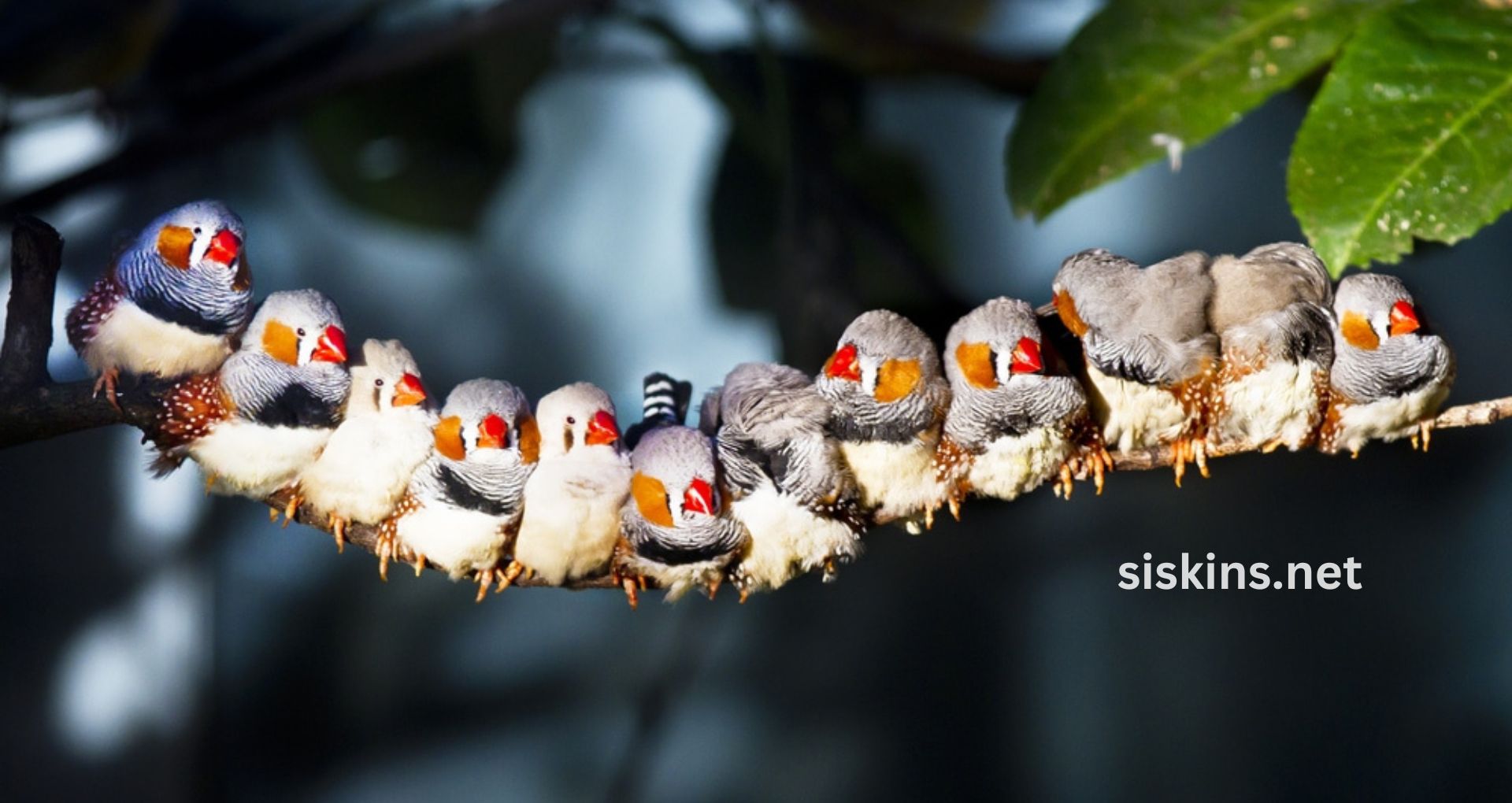How do I identify different types of finches? Finches are small to medium-sized songbirds known for their bright colors, unique songs, and lively personalities. With over 200 species of finches worldwide, learning to tell them apart can be fun and challenging for birdwatchers. This guide includes key features to help you spot finch species. You can identify them by examining their distinctive feathers, songs, and preferred habitats.
Why Identifying Finches is Fun and Useful?

Recognizing different types of finches makes birdwatching more interesting and lets you appreciate each species’ beauty and role in nature. Their vibrant colors, varied songs, and fascinating behaviors bring excitement to any area they inhabit. Learning to tell finch species apart also helps you understand local wildlife and conservation needs.
Meet the Finch Family
Finches belong to the Fringillidae family. This family includes many species across the globe. They are usually found in forests, grasslands, and shrubby areas. Some well-known finches are Darwin’s finches from the Galápagos, house and purple finches in North America, and European goldfinches. Each species has unique traits—like size, beak shape, color, and song—that make them stand out.
Key Features to Look for in Finches
When identifying finches, focus on their size, shape, color patterns, beak style, and song. For example, house and purple finches look alike, but they have different color patterns. The goldfinch’s bright yellow feathers make it easy to recognize.

The Stokes Field Guide to the Birds of North America
The Stokes Field Guide to the Birds of North America is a comprehensive guide with detailed descriptions, illustrations, and information on over 600 bird species.
- Size and Shape: Finches are generally small to medium. They are about 3-6 inches long. These birds have compact bodies, short necks, and relatively large heads. Their tails are often forked or notched, which helps in identifying them.
- Distinct Colors: Color is an easy way to spot finch species:
- House Finch: Males have reddish heads and throats, while females are brown and streaky.
- Purple Finch: Males are raspberry red all over, and females have bold streaks.
- American Goldfinch: Bright yellow males in summer, olive in winter, with females in yellow-brown tones.
- Zebra Finch: Known for its black-and-white striped tail and orange beak.
Finch Beaks and Diet
Finches are known for their short, cone-shaped beaks, perfect for cracking seeds. The beak size and shape often match the bird’s diet and habitat:

- American Goldfinch: Has a small, sharp beak for eating small seeds.
- Purple Finch: Has a thicker beak for a variety of seeds and insects.
- Darwin’s Finches: Their beaks vary widely, adapted for different foods on the Galápagos Islands.
Where to Find Finches
Finches live on every continent and prefer different environments:
- North America: American goldfinches like open fields, while house finches thrive in cities and parks.
- Europe: European goldfinches are often seen in gardens and orchards.
- Australia: Zebra finches are found in grasslands near water.
- Galápagos Islands: Darwin’s finches live in diverse habitats, from scrublands to mangroves.
Finch Behaviors and Sounds
Each finch species has its behaviors and calls that help with identification. Goldfinches, for instance, have a bouncy flight, while house finches are usually seen in groups, eating seeds and fruit. Listening to their calls can also help:
- House Finch: Has a cheerful, varied warble.
- American Goldfinch: Known for its “per-chick-o-ree” call in flight.
- European Goldfinch: Sings a complex, tinkling tune.

Celestron – Nature DX 10×42 Binoculars
Celestron Nature DX 10×42 Binoculars provide clear, sharp views with 10x magnification and a durable, waterproof design, perfect for outdoor activities and birdwatching.
Migratory Patterns

Some finches migrate, which can help identify them. American goldfinches, for instance, travel from Canada to the southern U.S. in winter, while house finches usually stay put.
Spotting Finches Year-Round
Watching finches throughout the year can reveal seasonal changes. For example, the American goldfinch’s plumage shifts from bright yellow in summer to olive in winter.

Smart Bird Feeder Camera
The Smart Bird Feeder Camera lets you capture and identify birds with live streaming and smart features, offering a unique birdwatching experience.
Also Read: How Long Do Finches Live in the Wild?
Identifying North American Finches
In North America, you’re likely to see a few main finch types:
- House Finch: Common in urban areas.
- Purple Finch: Prefers mixed forests and can be confused with the house finch.
- American Goldfinch: A bright summer visitor to gardens and meadows.
To tell house and purple finches apart, remember that purple finches have more extensive red coloring. They lack the streaky breast of house finches. The American goldfinch is easy to spot with its yellow and black coloring in summer. It turns olive in winter.
With these tips, you’re ready to start identifying finches and enjoy the beauty of these colorful songbirds!
Sources :
List_of_birds_of_Florida

